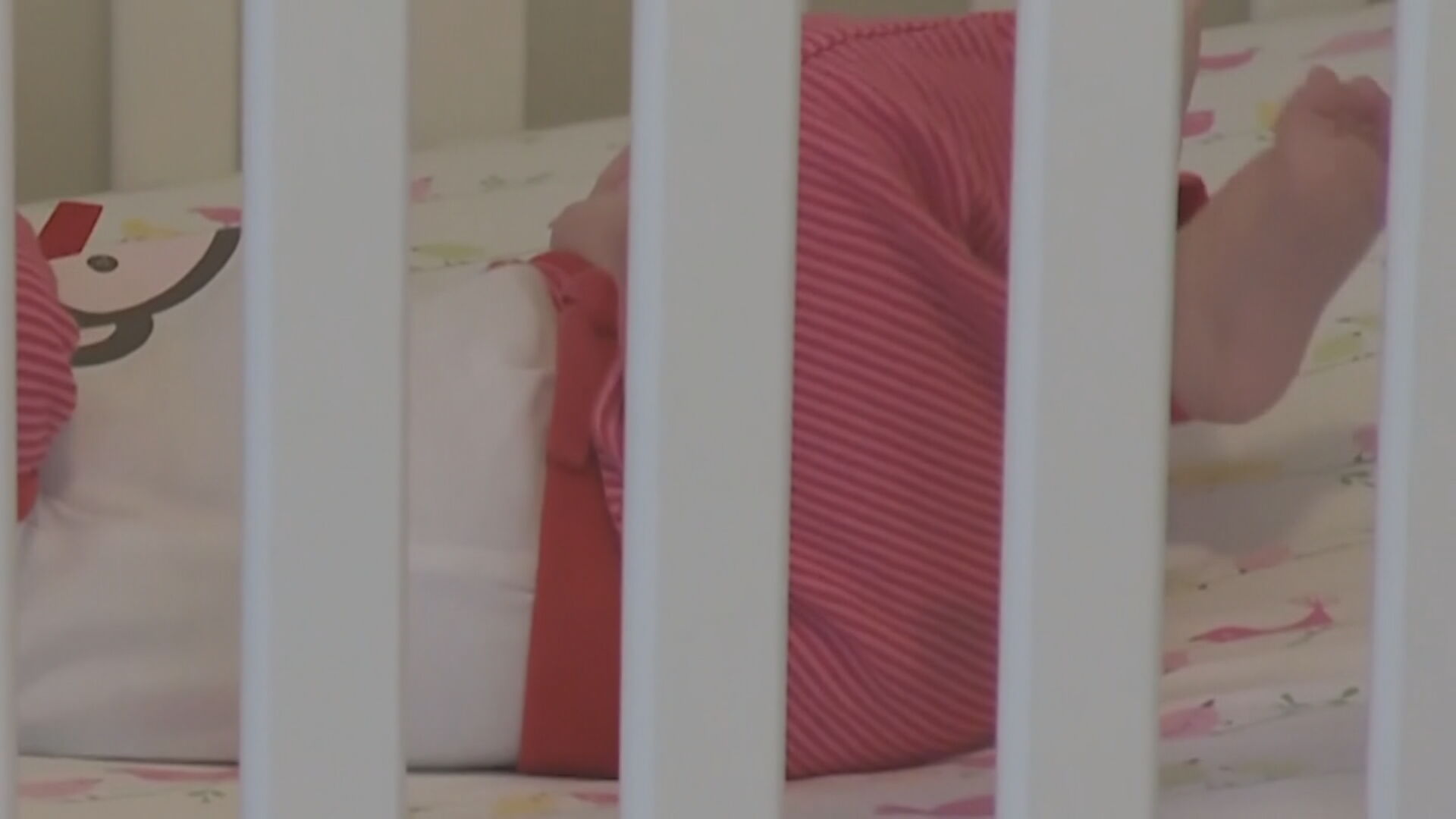Safe To Sleep campaign in limbo after federal budget cuts
As NIH's Safe to Sleep campaign grinds to a halt due to funding cuts, Bailey Medical Center in Owasso continues the mission to reduce infant deaths. The ABC's of sleep are still a priority.Friday, May 16th 2025, 5:08 am
OWASSO, Okla. -
A long-running campaign credited with saving thousands of infant lives is now in limbo, after federal budget cuts under the Trump administration shut down the office overseeing it.
The Safe to Sleep campaign, led by the National Institutes of Health (NIH), provided guidance to new parents on safe sleep practices to reduce the risk of Sudden Unexpected Infant Death Syndrome (SUIDS). Now, with the campaign’s managing office closed, healthcare providers are left to fill the gap.
What happened to the Safe to Sleep campaign?
The NIH confirmed that the federal office responsible for Safe to Sleep operations has been shut down due to recent budget reductions. While the campaign itself has not been officially ended, there’s currently no designated team to run it.
A spokesperson from the agency said they are awaiting further guidance on how to proceed.
Why this matters for parents and newborns
The Safe to Sleep campaign was launched in 1994 and has played a critical role in educating parents on safe infant sleep practices. At the time, between 7,000 to 8,000 babies were dying annually due to unsafe sleep environments. That number has since been reduced to around 3,500 each year.
Without centralized leadership, health professionals worry that public awareness and consistency in messaging may suffer.
Hospitals step in to continue the message
At Bailey Medical Center in Owasso, nurses and staff are doubling down on their efforts to keep parents informed. Lactation consultant Whitney Noble said the hospital has no plans to change its approach.
“We are going to stick with the same thing we have been teaching our families and that is ABC’s: alone, on their back, in the crib,” Noble said. “We will continue to do that in childbirth classes, in our offices, in the hospital, and we will model that here in the hospital because it’s proven that families will do at home what they see us do here in the hospital.”
Staff at Bailey are also trained to distribute resources like sleep sacks and answer questions during and after childbirth.
Previously, parents and organizations could order materials and information from the NIH regarding safe sleep practices, but right now, some of that information can't be ordered. However, the material is there and can be downloaded.
"There's videos online for families, videos online for staff education, caregiver education," Noble said. "So there are still several avenues for people to get this information. I think it's just going to be even more important than it always has been for us to model that safe sleep, crib and everything at home."
Noble says Bailey is also working to become a gold-certified Safe Sleep hospital.
"What that would mean is we do two community events per year to get out there ourselves and teach the community," Noble said. "That would also mean that we offer a safe place for a baby to sleep if we identify a family that doesn't have one, whether that's a play yard or something like that. We would give them free of charge if we identify family that can't."
Safe sleep education remains a priority
Noble emphasized that the ABCs of sleep help lower the risk of both SIDS and SUIDS. She said education doesn’t stop after birth — it’s an ongoing conversation with anyone caring for infants under 1 year old.
“We do staff education to make sure our staff are all giving the same information to parents about how to keep their baby safe when sleeping,” she said.
What comes next?
While the future of the Safe to Sleep campaign remains uncertain at the federal level, hospitals and nonprofits say they’re committed to continuing the life-saving mission.
More Like This
May 16th, 2025
June 30th, 2025
Top Headlines
July 27th, 2025
July 27th, 2025











